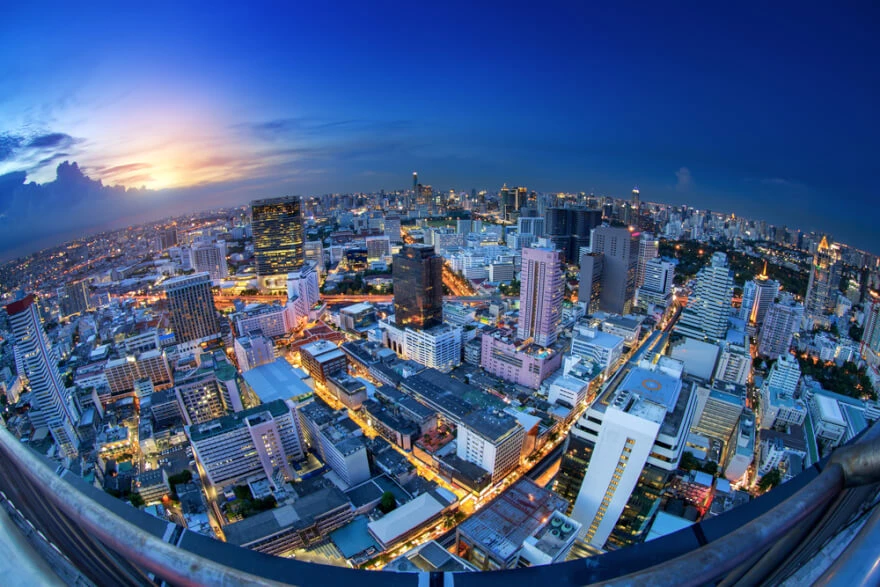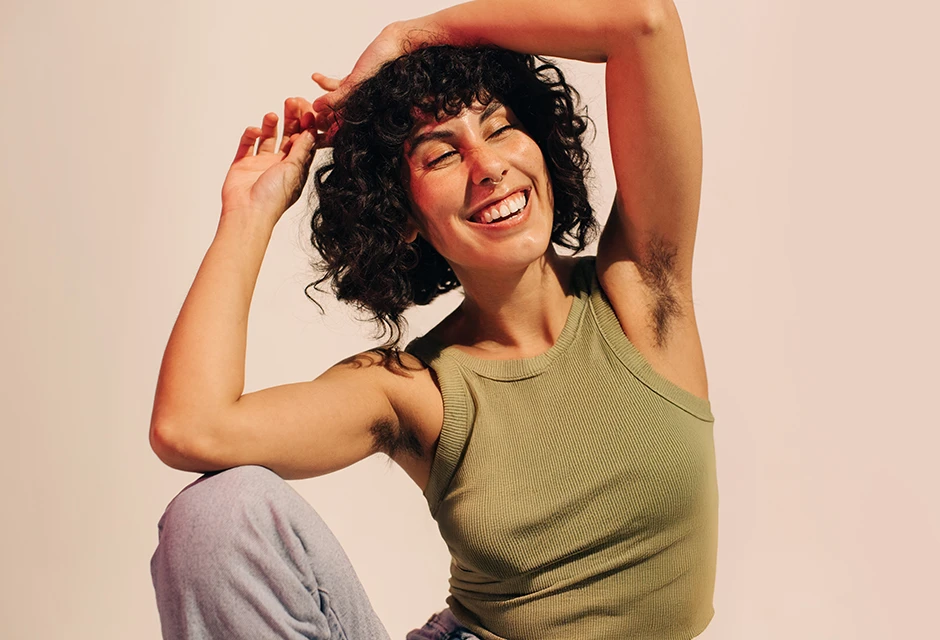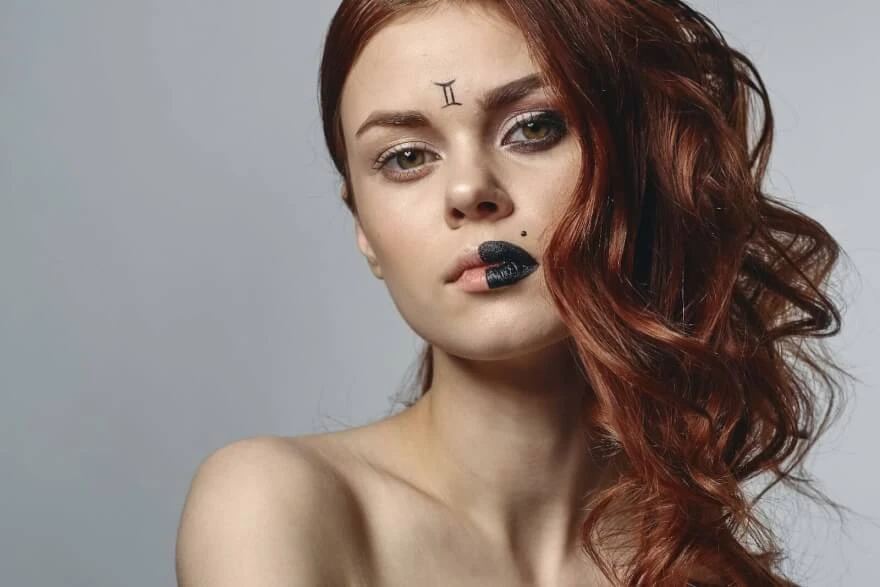Fantastic Fisheye Lens Photography

- 1. Try something new in Fisheye Photography
- 2. Master your lens and learn important trips
- 3. Capture circles
- 4. Find a right landscape and architecture
- 5. Look up
- 6. Be closer, but leave space for imagination
- 7. Try to use specific optics in lens
- 8. Keep an eye on modern software
The bag of a professional photographer, as well as an amateur or newbie, is full of different funny pieces of devices and glass filters. Some of them were put there too much time ago. And others were inserted only a few days ago for a special occasion or event. In addition to cameras, lenses are considered to be an absolutely necessary part of the photographic arsenal. And if there is no need to prove and explain the purpose of standard zoom lens, wide-angle and telephoto optics, then many users have already been debating for years about the need of a fisheye gadget.
There are Fantastic Fisheye Lens Photography Tips:
- Looking for stunning pictures and curved skylines, pick tilting the camera downward.
- Watch the central part of the frame, because it is not deformed as much as other parts.
- Remember the rule of thirds. Place the skyline in the middle, if you want it to result flat on a final image. Crop it, if necessary.
- Larger bending is noticed with the subject which is closer to the camera.
- If you need deformation of buildings and curved inwards skyline, it is necessary to tilt the lens upward.

As you know, an amateur can afford to have any favorite technique. Everything you need is an available sum of money to purchase necessary equipment and tutorial classes. Professional face a more difficult task — he approaches photography as an entrepreneur, who enters a small niche of a complicated market. In the photo industry (even if it is just a toy, for one person), the same rule is applied. Buying unnecessary or rarely needed devices reduces efficiency of the entire business process: the same sum of money is better spent for a unique tool that is really necessary. It should help to implement creative plans, fulfill requirements and needs of customers, and ensure that photographic tasks are carried out at required technical and artistic level.

1. Try something new in Fisheye Photography
Do not think that buying a fish eyed device will allow you to experiment endlessly. In fact, the functionality of such optics is limited. It will make all your frames look absolutely the same. Even if you change the plot, they will all look alike, so this shooting should be done in doses and create really interesting stories. Huge imagination capacities and variety of techniques are necessary for this hard work.
A characteristic feature of this gadget is a strong deformation, because in some cases it may be part of an artistic plot. Such optics is not new for experts. These lenses have been successfully used by photographers for work and fun for many decades. Capturing maximum space is an opportunity, which should not be wasted. First of all, because each photograph can always be cropped, even losing some resolution. Secondly, looking for a successful angle beyond the wall is a difficult task. Why did not these wonderful lenses move to traditional wide-angle optics? The answer is obviously simple. Because with all undoubted merits such a device has a huge bunch of disadvantages, or rather, characteristic features, which have to be considered.

All examples of this lens are characterized by special curves that immediately catch the eye. Due to negative bending of objects and edges, straight lines are bent to upper and lower parts of the image. The farther the line is from the center of the future picture, the stronger the bend. In a viewfinder straight horizon line turns into half a circle!
Many experts are curious if it is really impossible to create a wide-angle lens with corrected bending. And the answer is yes it is possible. Moreover, these devices are actively produced and applied. But a super-wide-angle lens with a viewing angle of 100-120 degrees gives other, noticeable distortion of perspective. All lines remain straight, but the background "moves away" from the viewer's eyes.
2. Master your lens and learn important trips

Shooting with an eye fish device requires time to master a number of intricacies. First, a deep knowledge and understanding of laws of perspective is in some contradiction with what you see in the viewfinder. Secondly, every photo expert is obsessed with one of the basic needs to control the depth of field. The depth of field with this lens, even with an open aperture, is in a range from half a meter to infinity. For the same reason, there are no amateurs who love this type of photos. Both static and moving objects are many times closer than they appear when looking through the lens. But with a certain skill and ability, every new technology can be studied deeper and adjusted to the needs of a client.
3. Capture circles

When you work with a circular gadget sometimes the search for other circles goes in an automatic way. These simple and nice figures surround us every day and make their best, posing for your extraordinary shot. Coins, balls, plates and many other ordinary object will popup as the most extraordinary models for your artistic gallery. Weird selfies and lovely portraits of toddlers may become your best choice.
4. Find a right landscape and architecture

In real life, buildings, trees and walls are straight. Wide angle lens tries its best to make them so in the picture and it works fine. But there is another way to capture the landscape and make it seem fantastic. Fisheye lens created a new mode of thinking and seeing the world around. Due to its design and functions, pictures of common objects become hilarious and weird. The center of the frame keeps lines straight, and edges of the image are rounded.
It is a great tool for artistic shooting. Such effect is often used in architectural and landscape captions. If the object in the picture is a human, then the result is a bit comical, due to this cool optics. Faces and body proportions are strongly distorted.
5. Look up

There is no doubt that more than once you were disappointed to see that a marvelous designed ceiling does not look this way in a picture. That is usually because there is no way you may include it all into one shot, standing below in the center. But fisheye knows how to do this and create a great report picture from visiting a significant sight or church. It is one of few options to try, when you need a full image.
If your goal is to transfer the maximum realism in the picture, then the fisheye effect will not suit you. Nowadays, virtual and augmented reality systems are becoming more common and various specific types of lens can be useful for shooting spherical panoramas. Creation of curved lines at the edge of a frame is a price for a very wide viewing angle. It can capture an image of almost 180 degrees from all sides.
6. Be closer, but leave space for imagination

Most experts are used to filling in the frame with a particular landscape or architectural building. When pictures are made, using specific optics or fisheye filters, the frame is usually overloaded with details. It is better to choose a singular object located in a lower or upper part of an image, to add some air to a viewer. It may be a unique pattern or design that attracts attention and curious eyes.
If you use optics of a full-frame camera, then due to the crop factor, the beauty of a wide viewing angle will be lost. Fisheye photography allows you to create images with a very unusual geometry. Flat areas are distorted, and buildings, pillars and trees twist in a bizarre manner. If you change the angle of your camera, you can get a completely new shot of familiar places.
7. Try to use specific optics in lens

Not all situations are appropriate to be captured in a most specific way. As in many other cases, the need to try specific optics is conditioned by creative challenges, which photographers face. An amateur is not limited in his fantasies, but hardly any professional will use this lens, shooting corporate events, festive pictures or reports. It is completely superfluous to neglect correct geometry and realistic views for a business catalog. In case you are having fun with friends, then this option could be one of the most entertaining. But it is difficult to imagine a happy bride who would be delighted with a portrait made by a professional, with comic effect.
The fish-eye lens is absolutely necessary when creating virtual 3D panoramas. Like many advanced techniques, production of spherical flash panoramas is a complex work, where photography is only a small part of the effort. But it is still a very responsible task. You must shoot everything around you. The second and subsequent stages — gluing together frames in a special program, converting projections, processing in graphic editors, will also be out of ordinary work to be done. If you prepare to make a virtual panorama with a lens of 10 mm focal length, only eight shots are enough for full coverage. And in the case of a circular 8 mm frame — just four shots!
8. Keep an eye on modern software

With some computer tricks, the number of cheap applications, which simulate famous expensive equipment, has significantly increased. Retouching technologies for image processing are actively developing, new methods of panoramic shooting are emerging, and algorithms for gluing frames into a single image are being improved.
There are many programs that completely eliminate characteristic distortion when two or several frames are glued together. The work is done so well that all the lines at any distance from the center of the frame will look straight. This allows you to actively apply special effects, for example, when making pictures of interiors. In too narrow rooms (hallways, bathrooms), the camera makes two or three frames, using a fisheye tool, and then glues them into one image during post-processing. The distortions disappear, space fits into the frame, and interior shooting becomes a more enjoyable task.
But in creative photography, where the diversity of a human's imagination is not limited, you may absolutely change your style with the help of a small gadget. If your hobby (or work) is architectural photography, then your fish eye can get a permanent residence in your bag and each city will be transformed in the best way.

It is unlikely that this optics will become your main working tool. But it allows you to create funny optical illusions, impossible for other means and methods. An interesting result can be obtained in other genres and styles. A good expert of image creation knows how to transform disadvantages into assets in one click.
However, modern phones can transform every shot into a diy fisheye image. iPhone applications and android editors permit experiments in every photo style. It becomes easy to realize the most courageous ideas, and sometimes even “change” some rules and stereotypes. Try, experiment, analyze results. And your “fisheye" more than once will help you to pleasantly surprise friends and colleagues.
Co-founder of RetouchMe. In addition to business, he is passionate about travel photography and videography. His photos can be viewed on Instagram (over 1 million followers), and his films can be found on his YouTube channel.
Moreover, his profile is featured on the most popular and authoritative resource in the film industry — IMDb. He has received 51 international awards and 18 nominations at film festivals worldwide.

with RetouchMe














